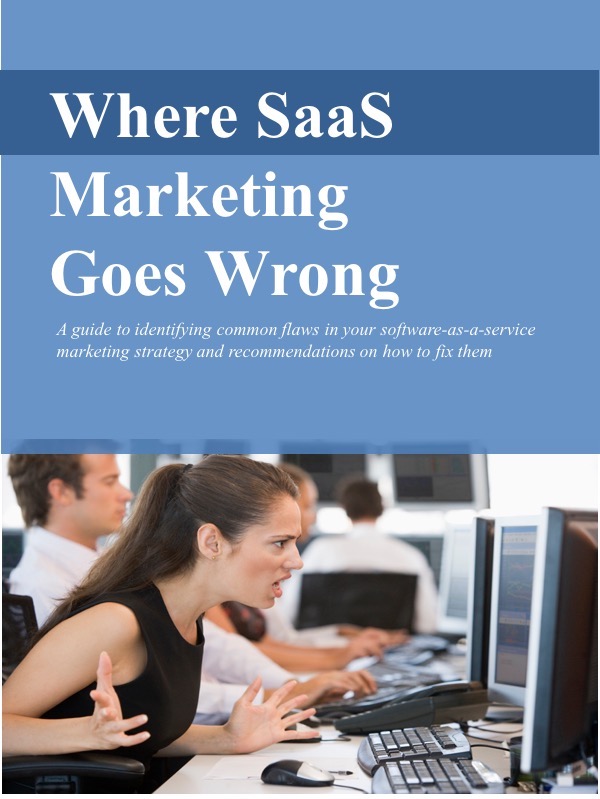A marketing message is more than a bunch of words
/Search for “marketing messages” on Google and about 164 million results come back. A search for “value proposition” comes back with even more. Some are clever lists – “5 elements,” “6 steps,” “20 tips” – and others are long, academic tomes.
I suppose all this attention to the topic of messages and a value proposition is much deserved. Companies should explain to their customers, prospective customers, investors, and anybody else who their product is intended for, what problems it solves for them, and why someone should buy it from then instead of someone else.
But even though it’s an essential element in any successful strategy, lots of companies selling enterprise software don’t get it right. For at least two reasons, they deliver messages and a value proposition that have no meaningful impact.
It’s not a tagline
The value proposition and messages need to be clear and concise. A prospective customer, for example, should be able to grasp in less than a minute whether this product would be useful to them and whether they should spend time to learn more.
They should see that this is a product built for them, it solves an urgent problem that they are confronting, and that it’s better than alternatives.
A tagline cannot do the job. Though taglines can be clever and memorable and could be an effective part of a marketing arsenal, for companies selling business solutions they aren’t enough.
The value proposition is more than marketing copy
A clever copywriter can certainly sit in front of Word or Google Docs and come up with a value proposition and messages. But the string of words that come out of that exercise are unlikely to have any impact.
For one, they won’t account for what’s really going on with customers. When a prospect sees them, they probably won’t be nodding their head and thinking, “yes, those are problems that I’m struggling with.” To effectively speak to customers, whoever it is that is crafting the messages should actually listen to them.
Moreover, the value proposition is way more than clever words that appear on the website and other marketing deliverables. It needs to fundamental to everything the company does and how it works. Besides providing the foundation for the sales and marketing strategy, the value proposition should guide how the product is built and how it’s supported. It should be baked into the DNA of the company’s sales group, the marketing group, development group, the training and implementation group, the support group, even the legal and finance group.
A value proposition and messages that are demonstrated in every experience everyone has with the company can be effective, compelling, and enduring. Otherwise, it’s just a bunch of words.
